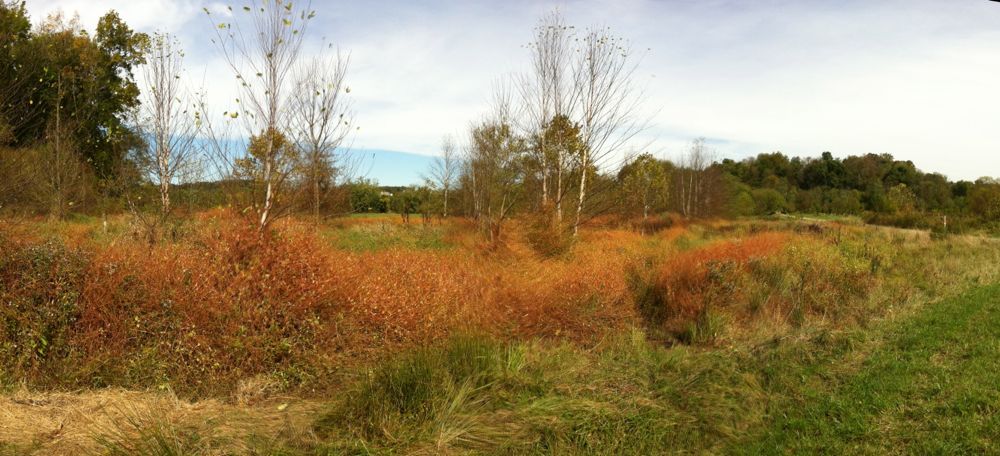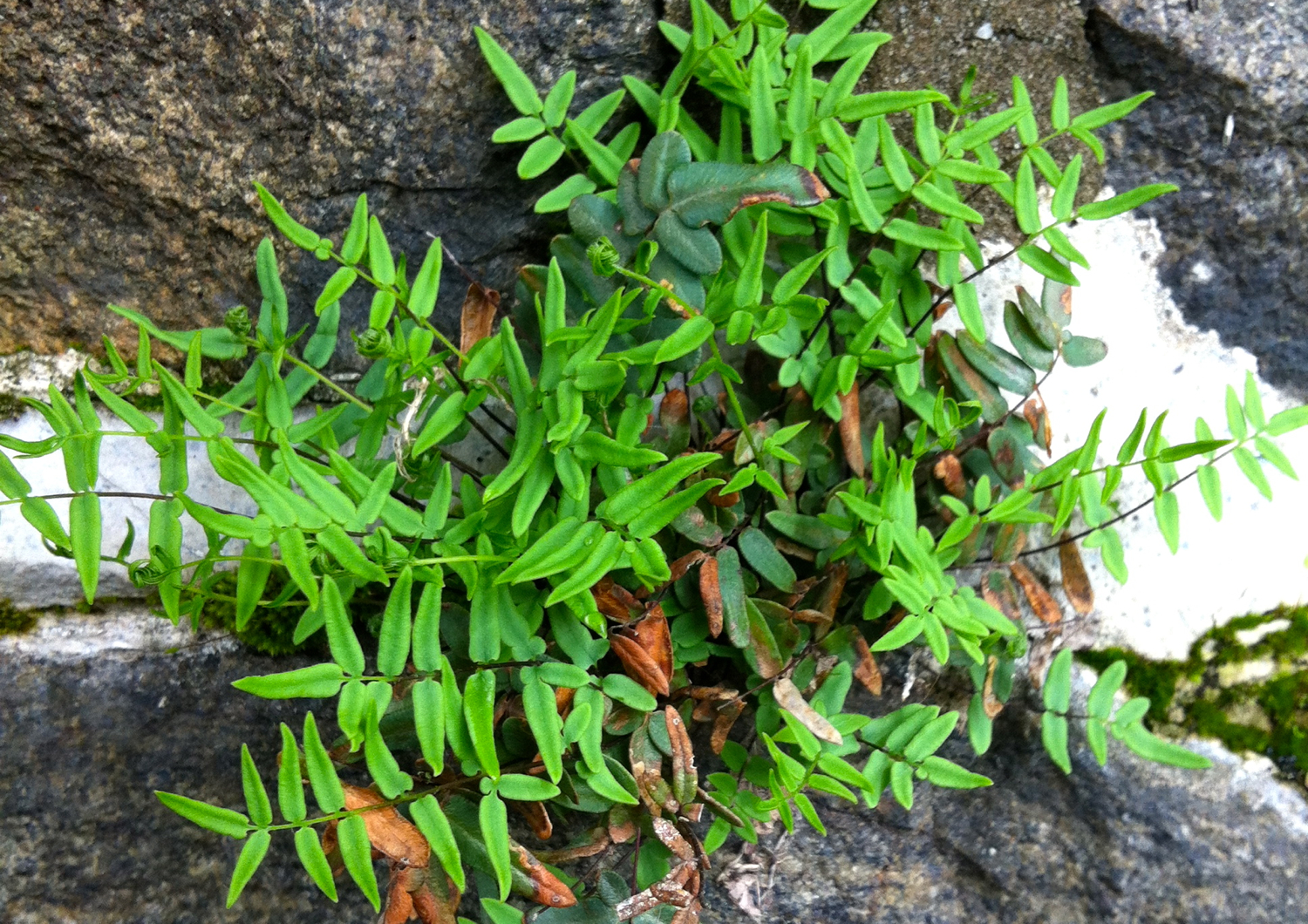Lilypons Water Gardens, Frederick County, Maryland
/Today, at the recommendation of a fellow birder at the Professional Development Center (Thanks Larry!), I visited Lilypons Water Gardens, which lies beside of the Monocacy River and just south of Buckeystown and east of the Sugarloaf Mountain Natural Area. This spot was described to me as a commercial aquatic horticultural operation with a multitude of little ponds that attract a vast variety of birds. I first thought it was “Lilly Ponds” Water Gardens, but that would be incorrect. I thought Lilypons was a strange spelling but didn’t think about it again.
As I walked around I found out that the location has a long history and that the spelling was for a specific reason. At the store located on the site I saw a plaque on the wall by the entrance. “Lily Pons,” post office, and Metropolitan Opera Singer made absolutely no sense to me. When I got back to my room I used the modern investigative tool, Google, dig up some history on the place.
The Lilypons Water Gardens is a family owned business that was started in 1917. It started out as Three Springs Fisheries specializing in goldfish and water lilies. In 1930 it started doing business by mail order. By 1935 the mail orders were so numerous that the US Postal Service decided to establish a post office on site. What to name this new post office? Well, as it turns out, the owner was a huge opera fan and his favorite singer and most popular singer of the day was, you guessed it, Lily Pons. Perfect, except that the post office requested that the name of the new office be one word. The post office ceased operations there in 1966 and in 1975 Three Springs Fisheries became Lilypons Water Gardens located in Adamstown, MD 21710. Who knew? Read the full history on the company website here.
As for birds, it seemed relatively quiet. There were a number of Rusty Blackbirds which are always a pleasure to see. The most numerous group of birds were sparrows, however, species diversity was pretty low with only Song, Swamp, and White-throated present. With all that aquatic vegetation I was hopeful that a Nelson’s or LeConte’s Sparrow would have popped out somewhere, but they didn’t. I was surprised to see three species of wrens, Carolina, Winter, and Marsh.
There were as many as 5 Red-shouldered Hawks in area with possibly as many as 7 or 8, which is a little puzzling to me. When I moved back to the east coast I assumed Red-shouldered Hawks would be one of the more common raptors around West Chester. However, in the two years that I have been birding at the Stroud Preserve, which is very similar in habitat and general appearance, I have only seen single Red-shouldered Hawks on eight occasions.
The last notable flying organism had scales instead of feathers. At 10:00 with a temperature of approximately 38º I saw two sulphur butterflies. It seemed a little on the cold side for butterflies to be flying!
Start time: 7:30
End time: 11:00
Temp: 28-45º
Wind: 0-9 mph from the north
Skies: clear
Species Total: 44
- Great Blue Heron – at least 6
- Great Egret – 1
- Black Vulture – 5
- Turkey Vulture – 14
- Canada Goose – approximately 50
- Wood Duck – 4
- Mallard – 7
- Green-winged Teal – 5
- Hooded Merganser – 1
- Bald Eagle – 1, immature
- Red-shouldered Hawk – at least 5
- Red-tailed Hawk – 3, 1 adult, 2 immatures
- American Kestrel – 1 male
- Wilson's Snipe – 8
- Rock Dove – 2
- Mourning Dove – 1
- Belted Kingfisher – 4
- Downy Woodpecker – 5
- Hairy Woodpecker – 1
- Northern Flicker – 3
- Pileated Woodpecker – 1
- Blue Jay – 4, heard only
- American Crow – approximately 25
- Carolina Chickadee – approximately 20
- White-breasted Nuthatch – 1, heard only
- Carolina Wren – approximately 15
- Winter Wren – 1
- Marsh Wren – 2
- Golden-crowned Kinglet – approximately 10
- Eastern Bluebird – 6
- American Robin – 2
- Northern Mockingbird – 5
- European Starling – approximately 15
- Cedar Waxwing – approximately 30
- Yellow-rumped Warbler – 2
- Eastern Towhee – 1, heard only
- Song Sparrow – approximately 100
- Swamp Sparrow – approximately 25
- White-throated Sparrow – approximately 25
- Dark-eyed Junco – approximately 10
- Northern Cardinal – approximately 10
- Red-winged Blackbird – approximately 15
- Rusty Blackbird – approximately 25
- American Goldfinch – approximately 15



















